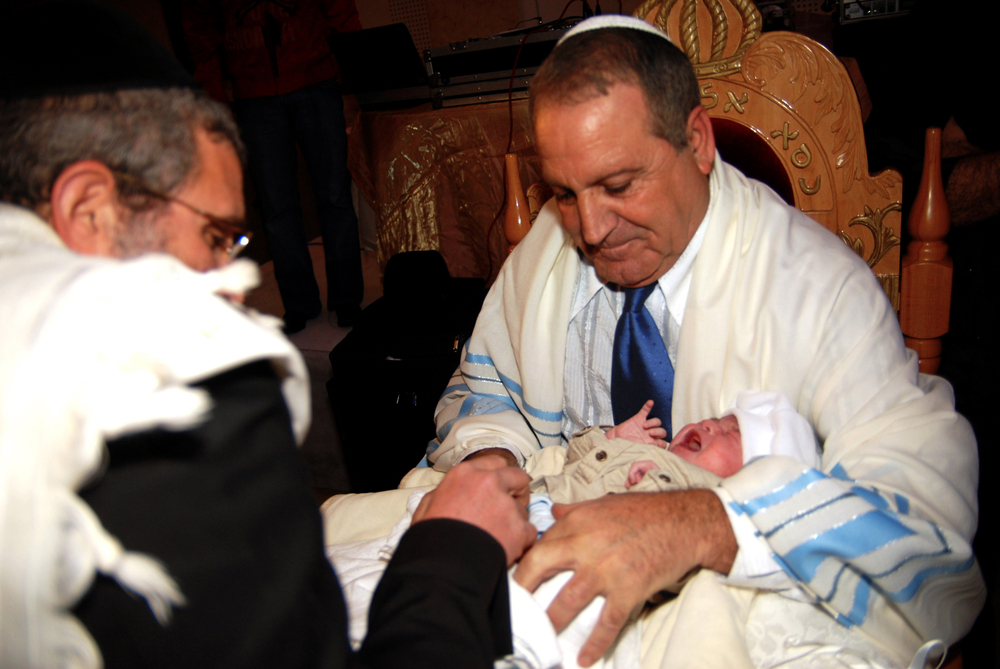Have you ever wondered why we celebrate Tu B’Shvat, the new year for trees, in the winter? Tu B’Shvat is all about celebrating the rebirth of the trees bursting with brand new colorful flowers for the new year, yet we don’t see any new flowers coming out and blooming. What’s with the celebration of not seeing something? Usually when people celebrate something, the object or person can be seen at the celebration!
The Fruit is Yet to Come!
The answer is that the flowers / fruit LOOK hidden away from us underneath the tree and the trees themselves don’t LOOK alive; it seems as if they will never see another green leaf in their existence. But in truth right now the sap is beginning to run within them. This is the time of the year when the sap is flowing within the trees. The leaves and the beauty of the fruits that the trees will produce in the spring and summer are all being prepared right now, in the middle of the winter. The fruits that we eat on Tu B’Shvat are the fruits of last year’s harvest and is a reminder to us that, just like the fruits grew and came into being from the trees that don’t look alive now, so too – they’ll replenish themselves from within these trees once again this year and every year! We just have to be a little patient and let the process continue until we see the final results of when we will see the fruit hanging from the trees in spring time!
A lesson we can learn from the above explanation is that at times when we know something great is supposed to happen but it looks very unlikely, we shouldn’t hesitate for even one minute because everything has a process and takes time. We should have faith in Hashem that He knows exactly when it’s best for things to happen and when it’s the best for us to have it.
A Tree in the Desert
Another idea we can learn from trees that look so bleak is that: there are times in a person’s life when the future looks bleak and things look miserable all around. What will be? But the salvation of Hashem comes in the blink of an eye! “ישועת ה׳ כערף עין”. Hashem is already “running the sap,” so to speak, so that the salvation may come. For this reason, Tu B’Shvat is celebrated in the middle of the winter.
It states in Parashat BeShalach, “They came to Marah and they could not drink the water, for it was bitter,” (Shemot 15:23). Hashem then showed Moshe a tree and told him to throw it into the water. Why a tree? Why not a rock or a piece of dirt?
The symbolism is as we said before. The people felt hopeless. They were a couple of million people in the desert with no food or water. The natural reaction was: “What is going to be? How are we going to live? What will be our future?”
At that point, Hashem showed them a tree. The tree is the symbol that when all looks futile and bleak, desolate and destroyed, we see that the situation can turn around. Rebirth happens! There can be renaissance and renewal. Throwing the tree into the water was meant as a message to the people: “Don’t give up. Don’t worry about the desert. Things look bleak now but the salvation of the L-rd comes in the blink of an eye.”
Wishing you a very good, meaningful, inspiring and uplifting Tu B’Shvat!
by Devora David


